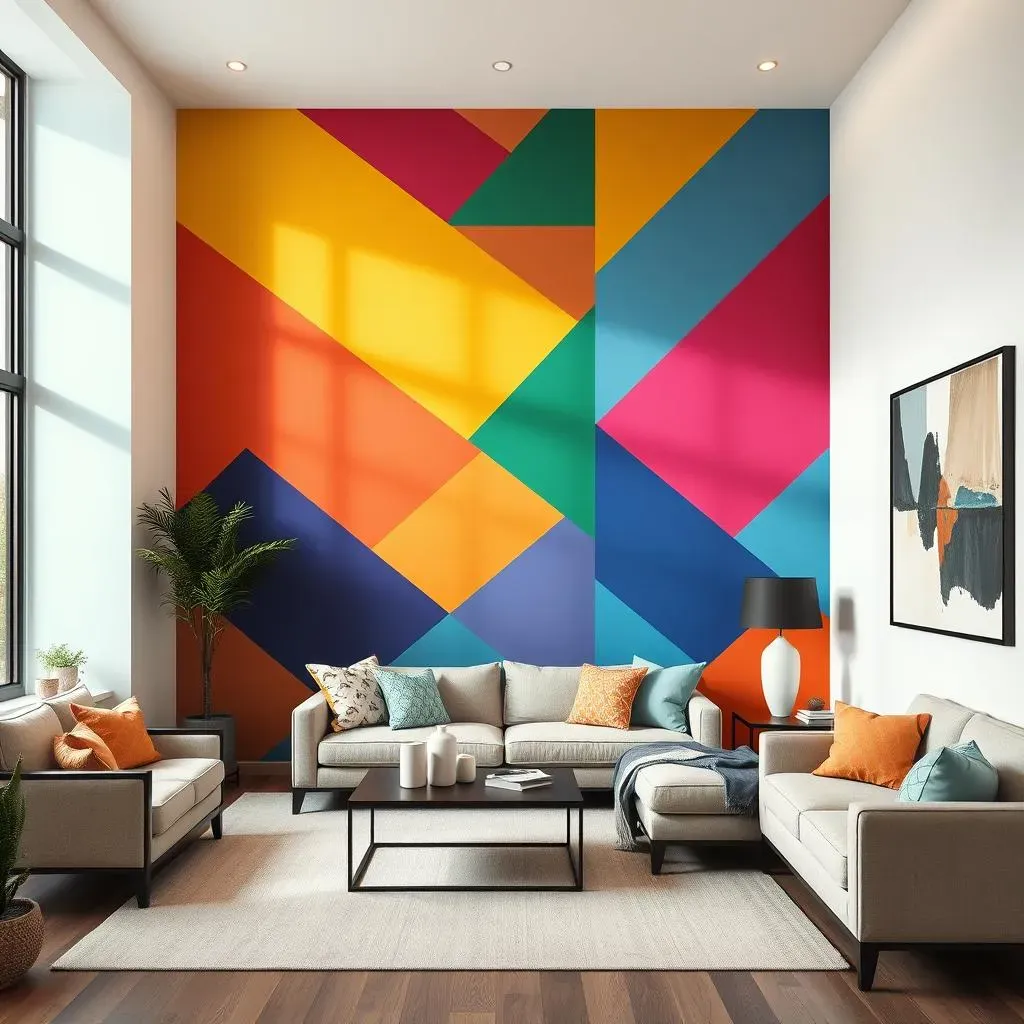Table of Contents
Tired of staring at the same old boring walls? You're not alone! Many of us crave a change, a little pop, something that screams "this space is mine!" That's where the magic of a well-placed accent wall comes in. Forget those drab, monotone rooms, and say hello to a space that reflects your personality. In this article, we're diving headfirst into the world of "paint an accent wall ideas" to help you transform your home, one wall at a time. We'll walk you through everything, from choosing the perfect wall and paint color to exploring creative ideas for every room. Think of this as your go-to guide for turning any room from blah to brilliant. Get ready to unleash your inner interior designer, because we're about to make some serious wall magic happen.
Why Paint an Accent Wall?
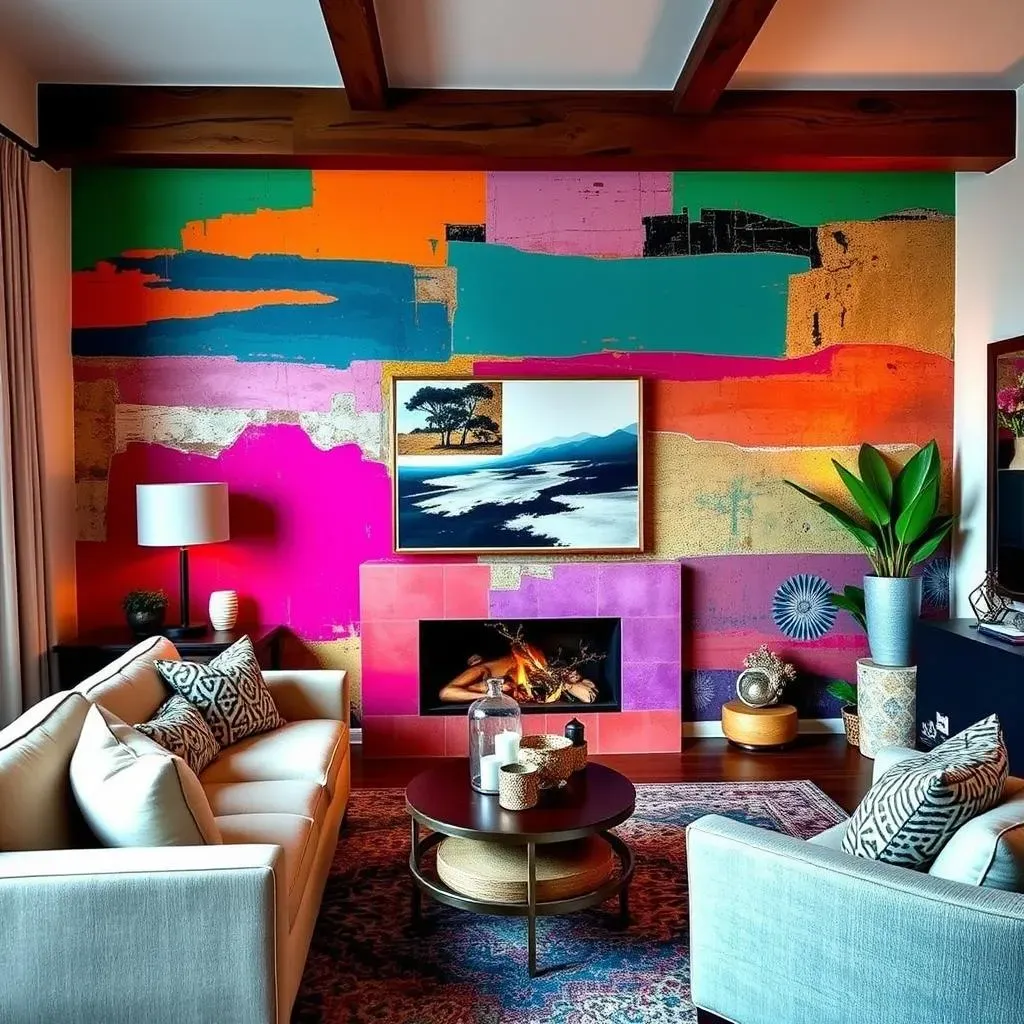
Why Paint an Accent Wall?
The Power of a Pop
Okay, let's get real for a second. You know how sometimes a room just feels...blah? Like it's missing that certain *oomph*? That's where an accent wall swoops in to save the day. It’s like the room's superhero, adding a burst of color, a touch of drama, or a whole lot of personality without committing to a full room makeover. Think of it as a statement piece, like that one killer accessory that pulls your entire outfit together. It's not just paint; it's a way to show off your style and make a space feel truly yours.
And the best part? It's not some crazy, complicated project. You don't need to be an artist or a DIY guru to rock an accent wall. With a little planning and some elbow grease, you can completely transform the vibe of your space. It's a fantastic way to experiment with color without going overboard, and it can really make a room feel more interesting and inviting. Plus, it’s a pretty budget-friendly way to make a big impact, which is always a win in my book.
Benefit | Description |
|---|---|
Adds Visual Interest | Breaks up monotony and creates a focal point. |
Expresses Personality | Allows for bold color choices and personal style. |
Budget-Friendly | A cost-effective way to transform a room. |
Easy to Implement | Doesn't require extensive DIY skills. |
Room Transformation | Can completely change the mood and feel of a space. |
More Than Just Color
But it's not just about the color, though that's a big part of it, right? An accent wall can actually change how you perceive the space. It can make a small room feel bigger or a large room feel cozier, depending on the color and technique you use. It's also a great way to highlight architectural features. Got a cool fireplace? A built-in bookshelf? Boom, accent wall. It draws the eye and makes those details pop. It's like giving your favorite features a spotlight to shine.
Plus, an accent wall offers a fantastic opportunity to get creative with texture and pattern. You're not limited to just a solid color; you can try stripes, geometric shapes, or even a textured paint. It’s your chance to have fun and be a little adventurous. So, if you're looking for an easy way to make a big impact, an accent wall is definitely the way to go. Trust me, your walls will thank you for it.
Choosing the Right Wall for Your Paint
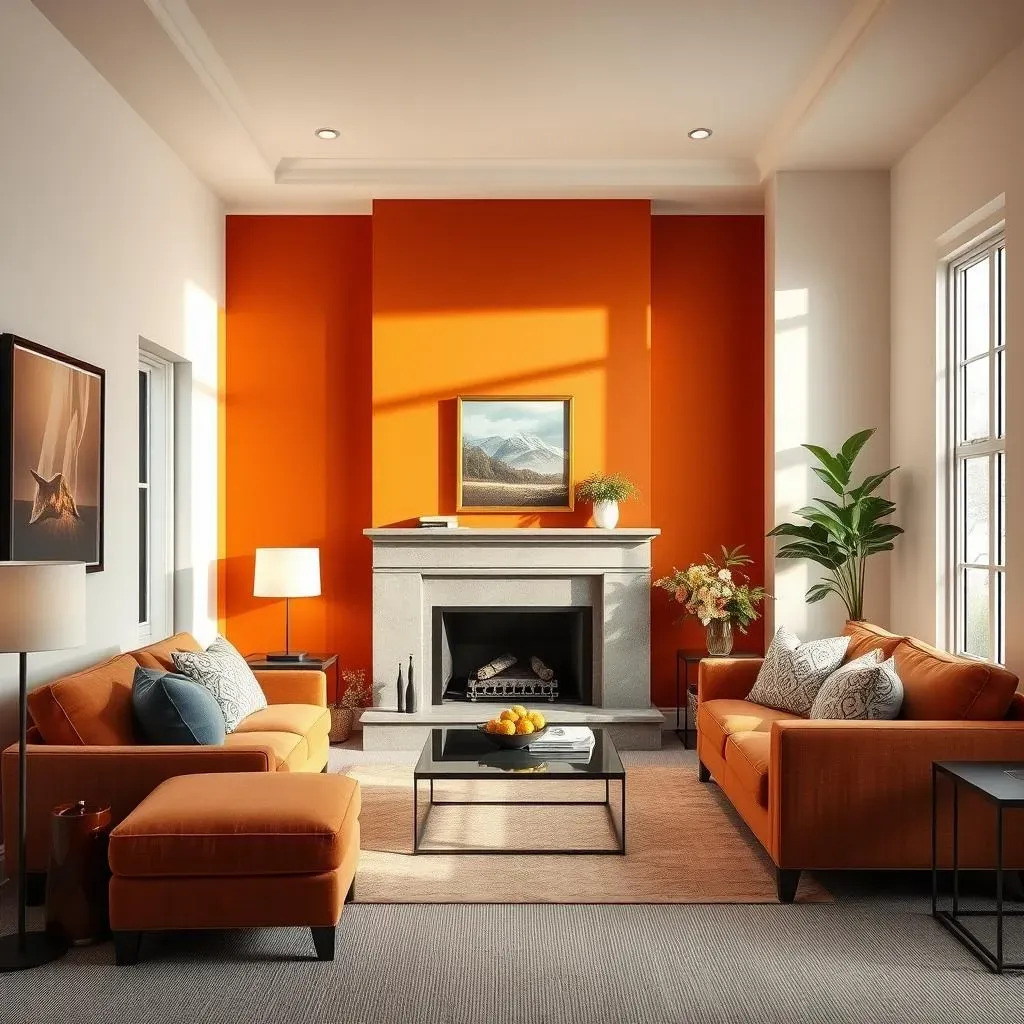
Choosing the Right Wall for Your Paint
The Wall with a Purpose
Okay, so you're pumped about your accent wall, which is great! But hold your horses, not just any wall will do. It's like picking the perfect spot for a spotlight; you want it to shine on the best feature, right? The wall you choose should have a purpose. It should be the one that naturally draws your eye when you enter the room. Don't just pick a wall at random. Think about where your furniture is, what the room's architecture is like and how natural light plays into the space.
For example, if you have a gorgeous fireplace, that's a prime candidate. Or maybe it's the wall behind your bed that could use a splash of color, or perhaps the one that's the most visible when you walk into the space. The key is to select a wall that will make a statement and enhance the room's overall design. It's all about creating a focal point that feels intentional and not just, well, random.
Factors to Consider | Why it Matters |
|---|---|
Natural Light | How light hits the wall will affect the color's appearance. |
Architectural Features | Highlighting a fireplace, window, or built-in is ideal. |
Room's Layout | Choose a wall that will draw the eye and create a focal point. |
Furniture Placement | Ensure the accent wall complements the existing furniture. |
Avoid the "Oops" Walls
Now, let's talk about what to avoid, shall we? Sometimes, the obvious choice isn't the best choice. For instance, avoid choosing a wall that's broken up by lots of doors or windows. You want a nice, solid surface to really showcase the paint. A wall with too many interruptions can look cluttered and make the accent wall feel disjointed. It's like trying to appreciate a painting that's been cut into pieces – not ideal.
Also, think twice before choosing a wall that's already visually busy or has other competing elements. The goal is to create a focal point, not a visual battleground. And finally, don't pick a wall just because it's the easiest to paint. That's like picking a restaurant just because it's on your way, not because the food is good. Be strategic and pick a wall that will truly enhance the space.
Size Matters (Sort Of)
Another thing to keep in mind? The size of your chosen wall. A tiny wall might not have the visual impact you're going for, while a massive wall might be too overwhelming. You want a wall that's just the right size, like the Goldilocks of walls. It should be big enough to make a statement but not so big that it dominates the room. Of course, this isn't a hard and fast rule, but it's something to consider when planning your project.
Ultimately, the right wall will depend on the specifics of your space, but by considering these factors you’ll be well on your way to a killer accent wall. Don't rush the decision, take a good look around your space, and choose wisely. After all, this is going to be the star of the show, so make it count!
Picking the Perfect Paint Color
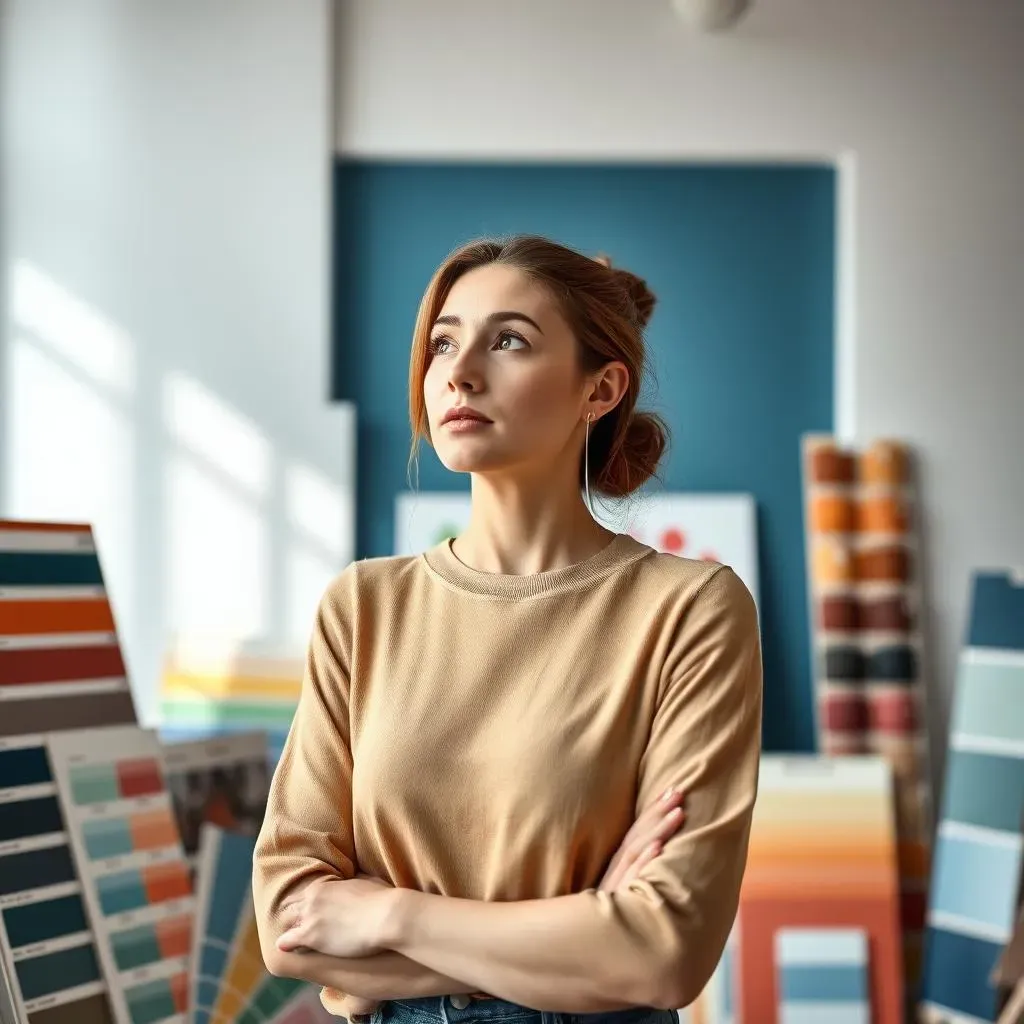
Picking the Perfect Paint Color
Color Harmony
Alright, so you've picked your wall, now comes the fun part: choosing the color! It's like picking the right outfit for a party; you want it to complement the vibe, right? The key here is to think about the colors already in your space. You're not trying to create a clash, but a harmonious balance. Look at the colors of your other walls, your furniture, your rugs, and even your artwork. The accent wall should feel like it belongs, not like it's crashing the party uninvited. It’s like finding that perfect puzzle piece that makes the whole picture come together.
Now, you don't have to pick a color that's exactly the same as the other walls, that would be boring! Instead, think about going a few shades lighter or darker. This creates contrast, which is what makes an accent wall pop. It’s like adding a little spice to your cooking; it enhances the flavor without overpowering it. You can also use the color wheel to your advantage. Complementary colors (those opposite each other on the wheel) can create a bold and exciting contrast, while analogous colors (those next to each other) will create a more subtle and cohesive feel. It's all about finding what feels right for your space and your style.
Color Scheme | Description | Visual Effect |
|---|---|---|
Monochromatic | Using shades of one color. | Subtle, cohesive, and sophisticated. |
Complementary | Colors opposite on the color wheel. | Bold, vibrant, and attention-grabbing. |
Analogous | Colors next to each other on the color wheel. | Harmonious, calm, and natural. |
Triadic | Three colors equally spaced on the color wheel. | Balanced, playful, and energetic. |
Mood and Atmosphere
But color isn't just about aesthetics; it's also about mood. Think about how you want the room to feel. Do you want it to be calming and relaxing? Go for cool colors like blues and greens. Want something more energetic and exciting? Try warm colors like reds and oranges. It’s like choosing the music for a party; you want it to set the right tone, right? The color of your accent wall can have a big impact on the overall feeling of the room, so choose wisely.
Don’t be afraid to get a little sample pots and try them out on your wall. Paint a few swatches and look at them at different times of the day. See how the light affects the color, and how it makes you feel. It’s like trying on a new outfit before you buy it. You want to make sure it looks good in all lighting conditions, not just in the store. So, take your time, experiment a little, and find that perfect color that makes your heart sing. Remember, this is your space, so make it something you love.
Accent Wall Ideas for Every Room
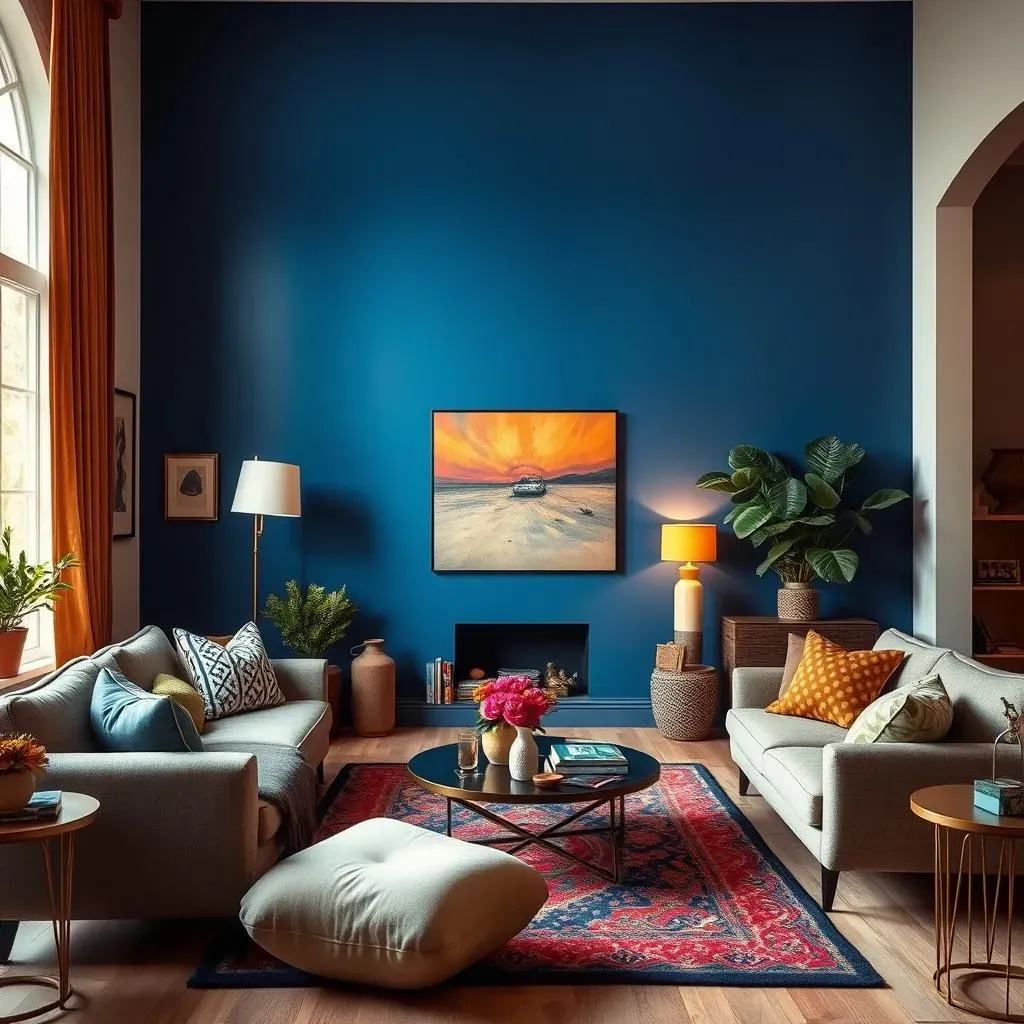
Accent Wall Ideas for Every Room
Living Room Drama
Okay, let's talk living rooms. This is usually the heart of the home, right? It's where you relax, entertain, and maybe even binge-watch your favorite shows. So, your accent wall needs to be versatile. For a living room, I usually lean towards something that adds a touch of sophistication. Think deep blues, charcoal grays, or even a warm terracotta. These colors create a cozy yet stylish vibe. But hey, if you're feeling bold, go for a vibrant emerald green or a sunny yellow. It's all about what makes you feel at home. Remember, this is your space, so don’t be shy about showing off your personality!
Don't forget about texture either. A textured paint or even a wall with some molding can add an extra layer of interest. And if you have a fireplace or a built-in bookshelf, that's your prime spot for an accent wall. It’s like giving those features a little extra love and attention. The goal is to create a focal point that draws the eye and makes the room feel inviting. It’s like the living room is saying, "Welcome, come on in and chill!"
Room | Color Ideas | Style |
|---|---|---|
Living Room | Deep blues, charcoal grays, warm terracotta, emerald green | Sophisticated, inviting, versatile |
Bedroom | Soft blues, calming greens, lavender, blush pink | Relaxing, serene, personal |
Kitchen | Bold reds, sunny yellows, bright oranges, chalkboard paint | Energetic, fun, functional |
Bathroom | Seafoam greens, turquoise, light blues, crisp whites | Fresh, clean, spa-like |
Bedroom Bliss
Bedrooms are our personal sanctuaries, right? They're where we unwind and recharge, so the accent wall should reflect that. For a bedroom, I'd suggest something calming and serene. Think soft blues, calming greens, or even a gentle lavender. These colors create a peaceful atmosphere perfect for relaxation. You could also go for a blush pink for a touch of romance or a light gray for a more modern feel. It's all about creating a space that feels like a cozy hug.
Consider the placement too; the wall behind your bed is a classic choice, as it creates a focal point and draws the eye. But don't be afraid to experiment with other walls if that suits your space better. And if you're feeling creative, try adding some texture with wallpaper or molding. It’s like giving your bedroom a little extra love, making it your ultimate retreat. You want to walk in and feel instantly relaxed and at peace. It’s your happy place, so make it count.
Kitchen Zing
Now, let’s head to the kitchen! This is where the magic happens, right? So, why not spice it up with an accent wall? For the kitchen, I like colors that are energetic and fun. Think bold reds, sunny yellows, or even a bright orange. These colors can stimulate the appetite and make the space feel lively. You could also go for a chalkboard paint for a functional and creative twist. It's a great way to keep track of grocery lists or leave fun messages for the family. It’s like giving your kitchen a little extra zest.
If you’re not into bold colors, you can always opt for a more subtle approach with a light blue or a soft green. It’s all about what makes you feel good while you’re cooking up a storm. And don’t forget about the backsplash! While technically not an "accent wall," it's a prime spot to add a pop of color or pattern. It’s like giving your kitchen a little extra personality. So, get creative, have fun, and make your kitchen a space where you love to spend time.
Bathroom Bliss
Last but not least, let’s talk about bathrooms. They're often overlooked, but they can be a great place to add a touch of style with an accent wall. For a bathroom, I suggest colors that are fresh and clean. Think seafoam greens, turquoise, light blues, or even a crisp white. These colors create a spa-like atmosphere that’s perfect for relaxation. You can also use a bold color to create a dramatic effect, if that's your style. It’s like giving your bathroom a little extra pampering.
Since bathrooms can be prone to moisture, make sure to use a paint that’s specifically designed for high-humidity areas. And don't forget about texture! A textured paint or even a waterproof wallpaper can add an extra layer of interest. It’s like giving your bathroom a little extra oomph. So, go ahead and make your bathroom a space where you love to start and end your day. It's your personal oasis, so make it count!
Frequently Asked Questions About Accent Walls
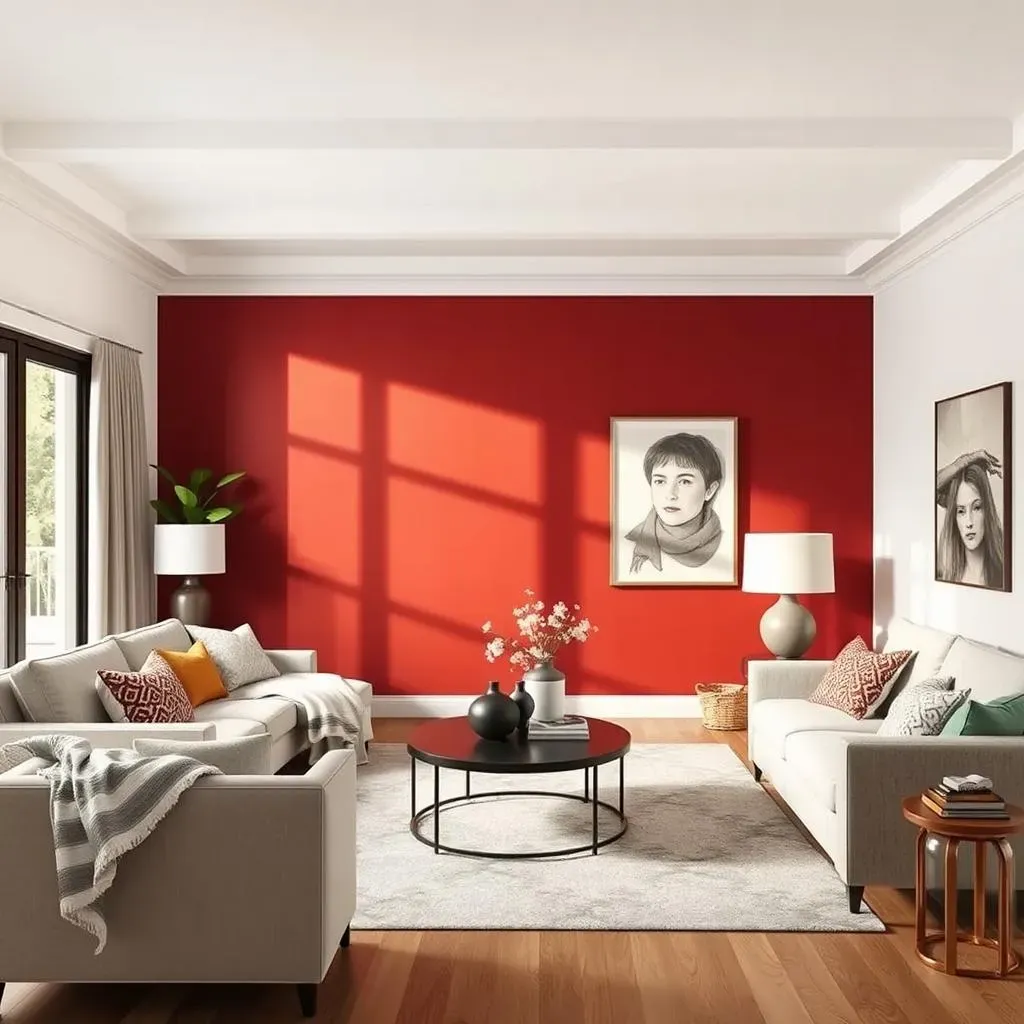
Frequently Asked Questions About Accent Walls
Are Accent Walls Still a Thing?
Okay, let's address the elephant in the room. Are accent walls still trendy? The short answer is: absolutely! They're not going anywhere, and here's why. Accent walls are like that classic little black dress; they never go out of style. They're a timeless design element that can add personality and interest to any space. Sure, trends come and go, but the power of a well-placed accent wall to transform a room is undeniable. It's not about following the latest fad; it's about creating a space that reflects your unique style and taste. So, if you're worried about being "out of style," don't be. Accent walls are here to stay, and they're ready to help you make your home amazing.
Now, you might wonder if there are some rules you need to follow. Well, here’s the great news. There aren't any hard and fast rules. The key is to choose a color and a placement that makes sense for your space. It's about creating a focal point that draws the eye and enhances the room's overall design. So, don't be afraid to experiment and have some fun. Just remember to consider the room's architecture, furniture, and lighting when making your decisions. It's about creating a space that feels intentional and not just like a random splash of color.
Question | Answer |
|---|---|
Are accent walls outdated? | No, they are a timeless design element. |
Are there rules for choosing an accent wall? | No hard rules, but consider the room's features. |
Can I paint an accent wall in any room? | Yes, but the color and style should match the room's purpose. |
How much paint do I need? | Usually, a gallon is enough for two coats. |
How Much Paint Do I Need?
Ah, the age-old question: How much paint do I actually need? It's like trying to figure out how much pasta to cook; you never want to end up with too much or too little. For an accent wall, a gallon of premium paint is usually enough for two coats. But, it really depends on the size of your wall and how many coats you decide to apply. If you have a particularly large wall or if you're using a very vibrant color that needs extra coverage, you might need a bit more.
The best way to know for sure is to use a paint calculator, which many paint companies offer on their websites. Simply measure your wall and enter the dimensions, and the calculator will tell you how much paint you need. It’s like having a personal assistant for your painting project. And don’t forget to factor in any touch-ups you might need later on. It’s always better to have a little extra paint on hand than to run out mid-project. So, do a little planning, use the calculator, and you'll be well on your way to a perfectly painted accent wall.
